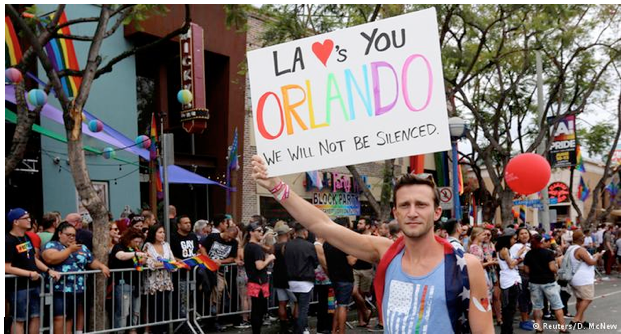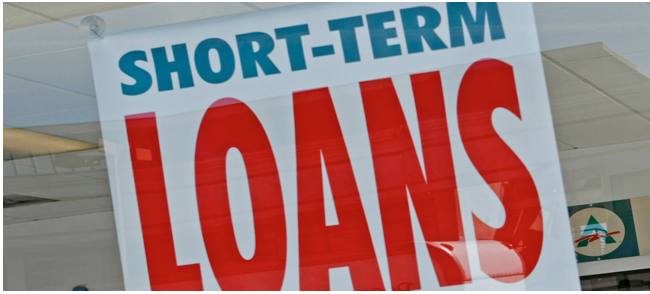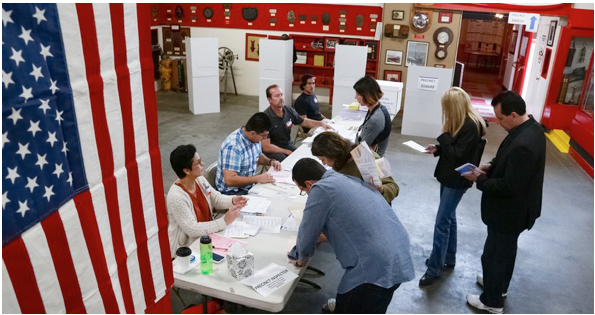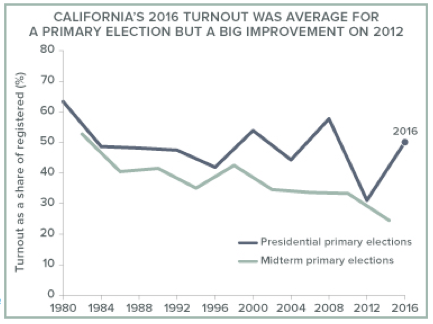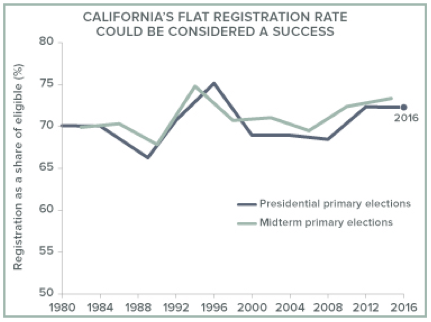PLATKIN ON PLANNING--We don’t know how future historians will assess the political careers of Governor Jerry Brown, Los Angeles Mayor Eric Garcetti, and LA Councilmember Gil Cedillo, but they should at least receive a footnote for their contribution to the slow by steady descent of the Democratic Party.
This chapter begins with Jerry Brown’s proposal to “streamline” housing production in California by forbidding local authorities from undertaking any zoning or environmental reviews of proposed housing projects that conform to local zoning.
Just to show he means business, the Governor doubled down on his proposal with an ultimatum to the State Legislature. He would not fold $400,000,000 for existing State affordable housing programs o the State budget unless the Legislature agrees to his approve his Streamlining Affordable Housing Approvals Bill.
Some cities, unions, and many environmental organizations oppose the Governor’s approach, but in Los Angeles, Mayor Garcetti and Councilmember Gil Cedillo, signed a joint statement of support. In Cedillos’ words, he supports the Governor because Brown’s program is a market-based approach to California’s housing crisis. (As a footnote to a footnote, Gil Cedillo was also co-chair of the Bernie Sanders’ campaign in Southern California, even though his market-based solutions to affordable housing are the antithesis of Senator Sanders’ unreconstructed New Deal political approach public policy).
On this account, Cedillo, like Garcetti and Brown, is correct. The Governor proposal is a market-based solution to California’s housing crisis. But, otherwise, these three pols are flat out wrong about the housing proposal, such as one conspicuous detail. There is no evidence that the Governor’s bill will produce the affordable housing that California needs. While it might produce a few thousand affordable units here and there, the real beneficiaries will not be lower and middle income families that need affordable housing, but the investors and contractors building the housing, since most of the units will be sold for California’s soaring market prices.
The profit margins of the developers will go up because in many municipalities they will no longer need to submit their projects for design review, environment review, and then be subject to lengthy public hearings, debates, and appeals that increase their costs.
This also means that the market value of their properties will increase because the cost of pulling permits and constructing housing on it will go down. Like any formal or informal up-zoning program, property values will increase. This, not affordable housing, is the real importance of this amazing money machine. It makes money for owners of commercial property under the cover of an affordable housing program in which only five percent of their units need to be affordable.
Furthermore, as demonstrated by John Schwada in CityWatch, the City of LA’s Housing Department is notoriously incompetent in keeping track of these affordable units. Based on the research for this article, we can expect that many of these affordable units will not be included in the City inventory of affordable housing available to the public.
What else do we know about the Governor’s public rationale for his amazing money machine?
We know that the boosters of all such market housing programs invoke several axioms of classical economics. They portray them as if they are irrefutable truths, rather than quasi-religious dogmas masquerading as social science “laws.” For example, these market fundamentalists, whether Democrats like Brown, Garcetti, and Cedillo, or Republican, repeatedly invoke the “law” of supply and demand. Their claim is that if market regulation of land use is removed, developers will rush in to build much more housing. They then argue that once this housing boom produces a surplus of pricey housing, the price of all housing will decline and some of it will become affordable.
Of course, those who live in Los Angeles know their claim is utter nonsense. In Los Angeles new, expensive housing is infill housing, and it often displaces older, lower-priced housing, including certified affordable housing. Furthermore, even when the expensive housing has high vacancy rates, such as the current 12 percent, the landlords do not slash rents or purchase princes. Instead, they just hold out longer for tenants, sometimes sweetening leases with a signing bonus, microwave oven, or free cable.
Even in the worst cases scenarios, such as the Savings and Load crisis of the 1980s and 1990s and the Great Depression that began in 200, the investors successfully turned to the Federal Government for massive bailouts when they went belly-up. The S and L crisis ended up costing the Federal Government over $132 billion, while the Great Depression financial sectorbailouts, as I have previously written, totaled about $13 trillion.
The markets alternatives of selling building or units at a loss, or slashing condo prices and rents is hardly a wise business option when Uncle Sam offers this type of a helping hand. Likewise, the option of subsidizing borrowers so they could renegotiate delinquent mortgages hardly makes financial sense when compared to a bailout
Another supposed iron economic “law” is filtering. According to this doctrine, today’s pricey housing will become tomorrow’s affordable housing. In the case of Los Angeles, however, when pressed to show where yesterday’s pricey housing has become today’s affordable housing, the adherents come up dry. Through CityWatch, and sometimes directly I have repeatedly asked, “Where is the affordable housing in Los Angeles that filtered down from once expensive housing?” Is it the gentrifying areas of Highland Park and Boyle Heights? The Historical Preservation Overlay Zones in the West Adams district? The once-upon-a time bohemian neighborhoods of Venice, Silverlake, and Echo Park? Trendy areas like the Arts District and Koreatown?
(Since I post my email address at the end of every CityWatch article, just let me know where downward filtering is happening in Los Angeles.)
As we wait for these locations to be listed, it is painfully easy to document the counter-example of LA’s many gentrifying neighborhoods where previously affordable housing has filtered upward to become expensive. While gentrification now goes by many names, the best known and most controversial are spot-zoning, spot-planning, mansionization, small lot subdivisions, and Transit Oriented Development (TOD).
Another often repeated market claim is that zoning and environmental reviews so stifle the production of affordable housing that developers must turn to the City Council for spot-zoning and spot-planning laws. Even though I have also repeatedly asked for evidence of this in my City Watch columns, so far only one person gave me an address that checked out. Like my question for evidence of filtering in Los Angeles, all lines are open and operators are waiting.
The lack of any serious data for these repeated claims about market magic to address the housing crisisis no mystery, however, and I think this might explain why:
Profit maximization. Investors of all types, big and small, want to make money, and affordable housing doesn't sufficiently fill their wallets. Even in a city like Los Angeles, where there is massive demand for affordable housing, and many locations where contractors could build by-right, investors are ignoring the supposed law of supply and demand.
Political influence. Investors have substantial political influence through their donations. When they are subjected to market busts, they ask for and receive financial bailouts, even if it costs trillions of dollars and requires the government to run the printing presses 24/7. In slightly more flush times, like the present, they settle for favorable legislation, like the Governor Brown’s
Cost of War. The New Deal programs that built affordable housing (in theory, still championed by Bernie Sanders) through the Federal Housing Authority were sacrificed to sustain high levels of military spending. This process began during the Vietnam War and continued to the present day. Furthermore, alternative local sources for affordable housing funds in California, Community Redevelopment Agencies, were dissolved in 2012.
(Dick Platkin reports on city planning issues in Los Angeles for CityWatch. He is a former LA City Planner and current advocate planner. He welcomes comments and corrections at [email protected].)
-cw


